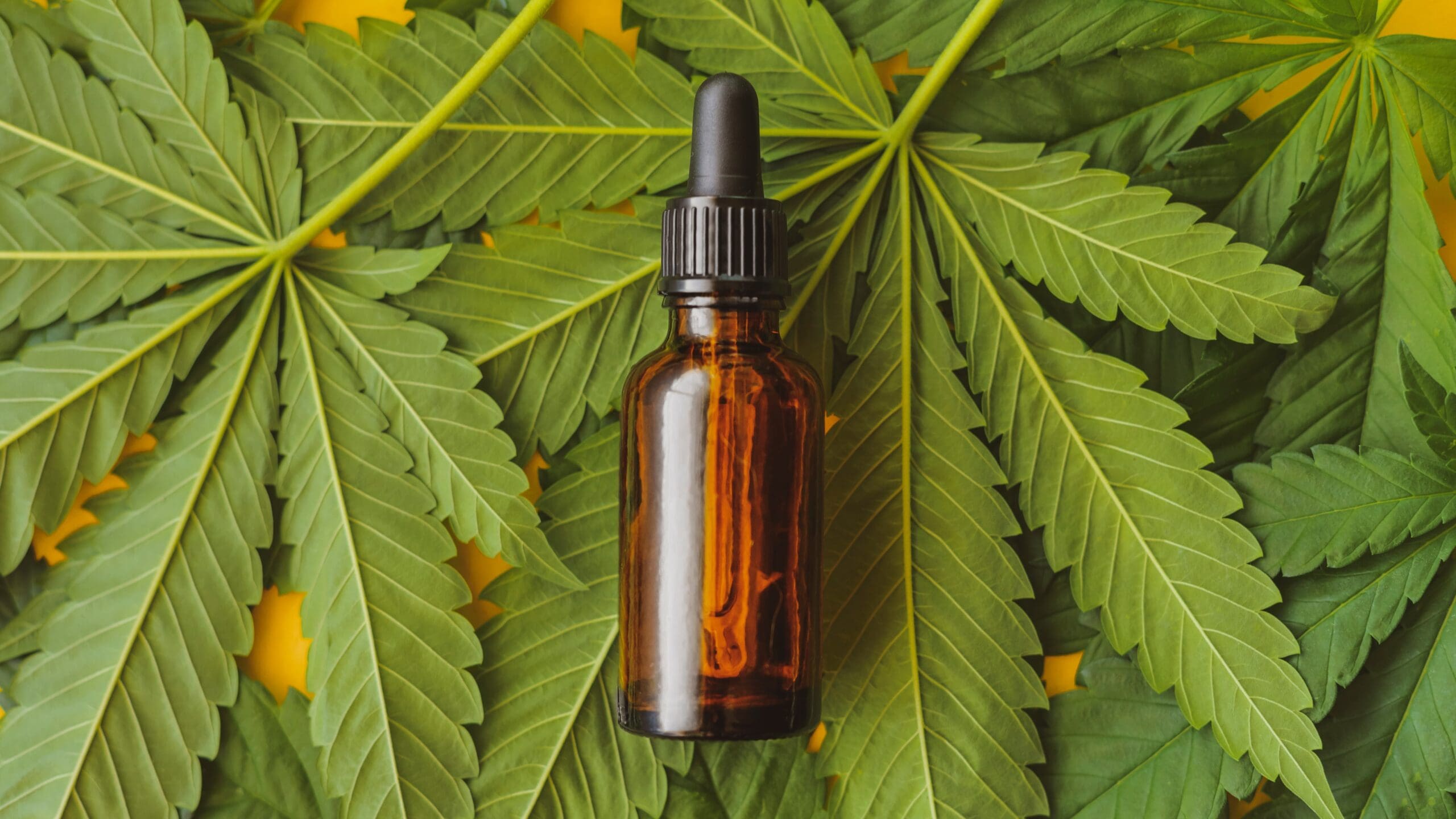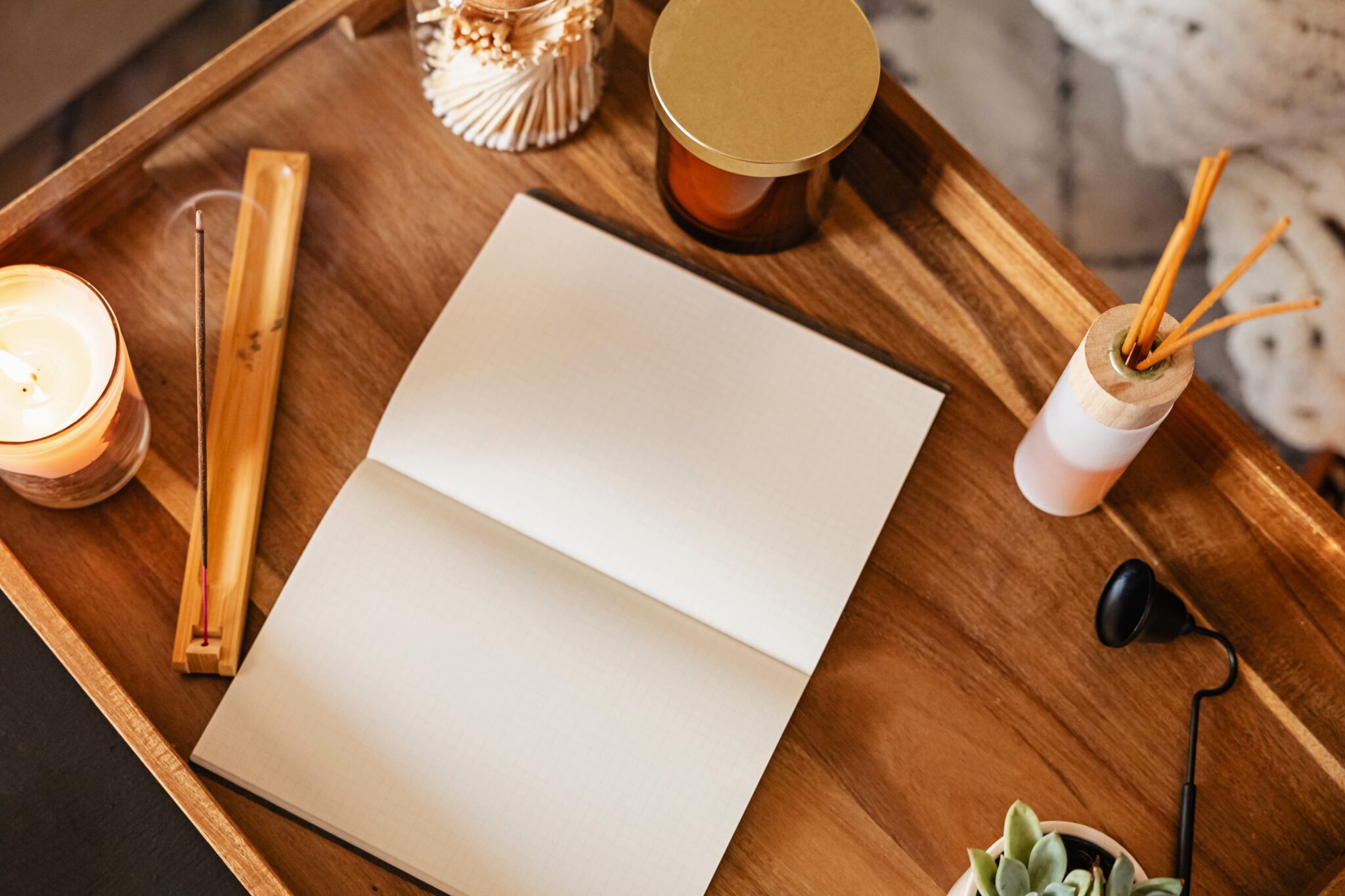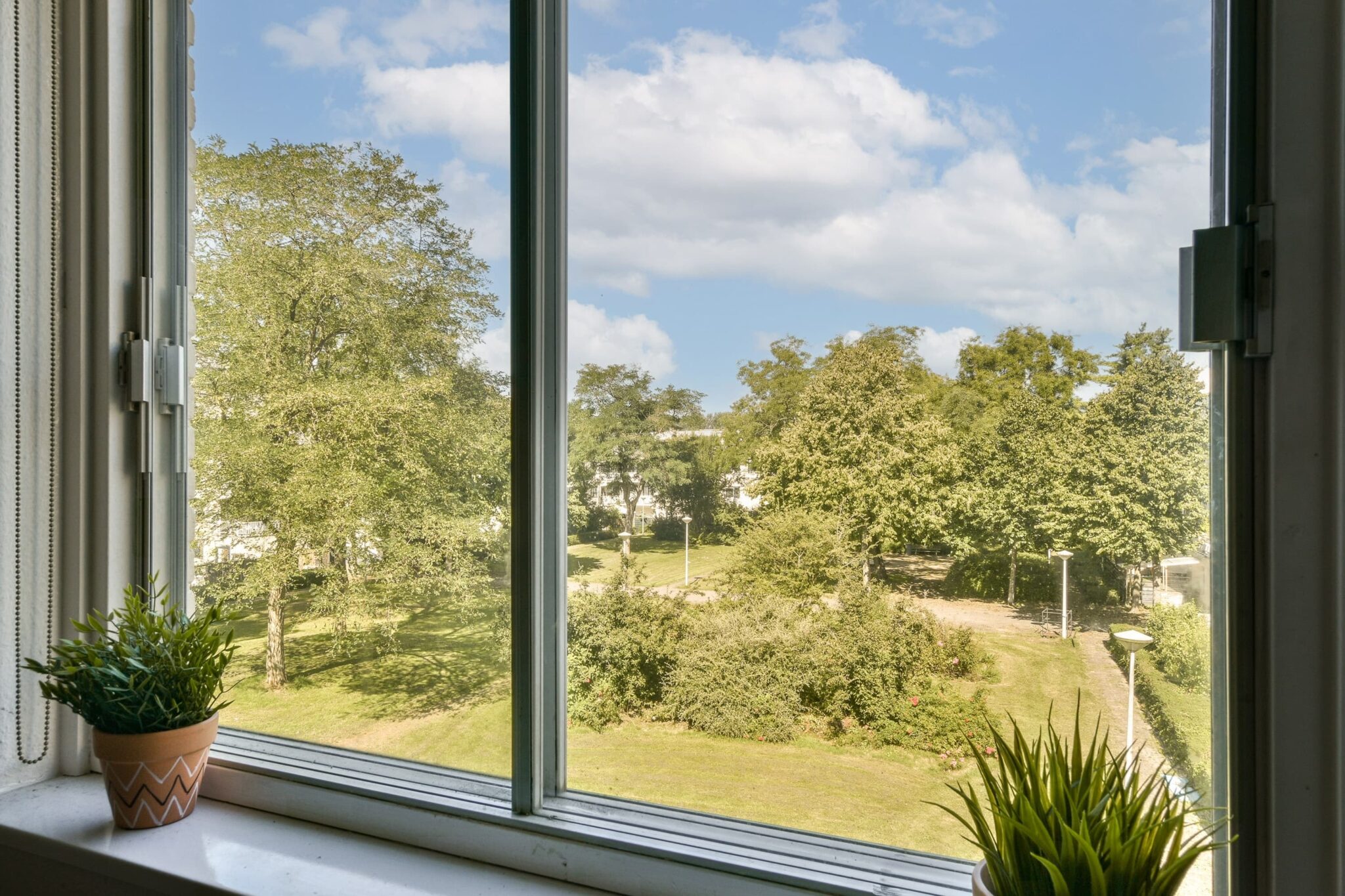TL;DR: CBD and sobriety can be risky due to THC exposure, cravings, and drug testing. Always create a doctor-guided plan that keeps your recovery first. Jump to: What CBD and Sobriety Means, Risks, Safer Choices, Safe Plan, When Not to Use CBD.
When people ask about CBD and sobriety, they usually want to know about THC exposure, cravings, and testing. A plan made with a doctor keeps recovery at the top of the agenda.
What “CBD and Sobriety” Really Means
CBD products come in a wide range of types. Some of them have THC in them that can be measured, but others are mislabeled or have something else in them. For someone who is trying to stay sober, even small amounts of THC or the habit of taking a cannabis-related substance might be dangerous. Check out the FDA consumer update for more information on labeling and safety.
Where the Risks Really Are
Products labeled “THC-free”: These may still have THC in them, especially if quality standards aren’t good. This can make you feel high and show up on drug tests.
Craving and cue reactivity: For some people, certain tastes, bottles, or dosing schedules can make them think of times when they used drugs and make them want to use them again.
Drug testing and employment rules: Even little amounts of THC can show up on drug tests, which can have unforeseen effects.
Differences in the law and medicine: Each state has its own rules, and CBD can affect how some drugs work. Look at NIDA’s cannabis research to get the most up-to-date information.
Try These Safer Choices First
A lot of people use core recovery pillars and non-drug methods to deal with their symptoms before they think about CBD.
Sleep and rhythm: Get up at the same time every day, get some sunlight in the morning, and have a 30-minute wind-down period before bed to help with cravings and anxiety.
Skills and help: Do urge surfing, short breathing exercises, peer support, or therapy sessions to get better.
OTC basics (where appropriate): Use doctor-approved solutions like magnesium for sleep or topical treatments that don’t include cannabis for discomfort.
Make a Plan to Keep Yourself Safe as You Get Better
If you and your doctor decide to use CBD, here are some safety tips to keep in mind:
Make your aims clear: Write down the one symptom you want to work on. Stop using it if it doesn’t get better.
Product controls: Pick items that come with third-party Certificates of Analysis (COAs), batch numbers, and proof that they don’t have any THC.
Dose and duration: Use the lowest dose that works for you, set a date for when you want to stop, and keep an eye on your mood, sleep, and cravings.
Testing and rules: Learn the rules in your job or school. If you need to, think about baseline and follow-up testing to stay in compliance.
When You Should Not Use CBD
If THC exposure could put your employment or legal status at danger, if cannabis was your main drug of choice, if cues make you want to use it, or if your doctor tells you not to, stay away from CBD. If you’re not sure, pick sobriety first. Visit Comfort Recovery or use our Contact page to get in touch with us and make a plan that works for you.








